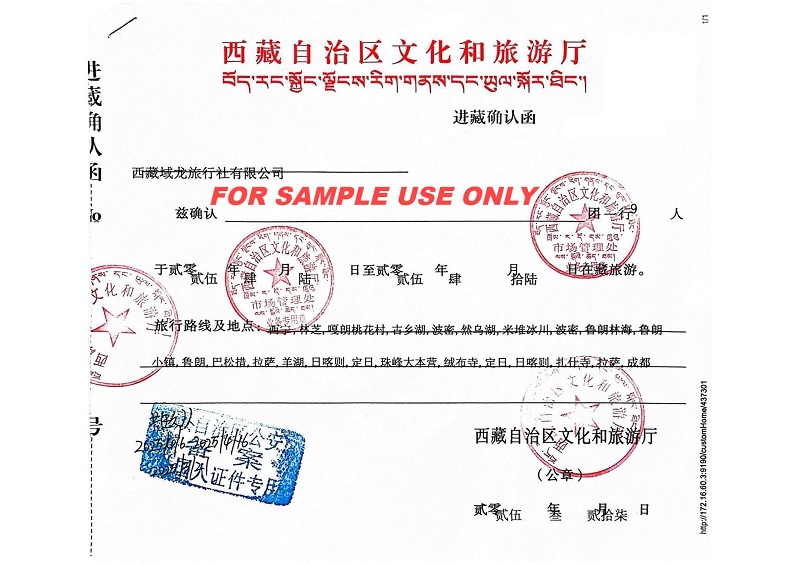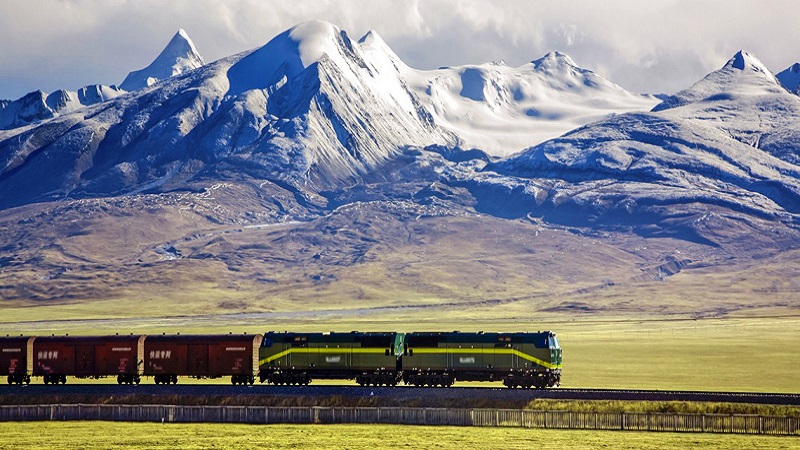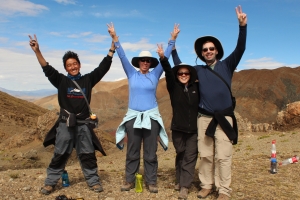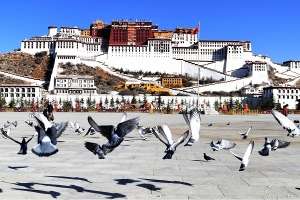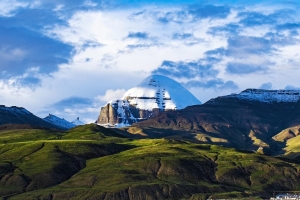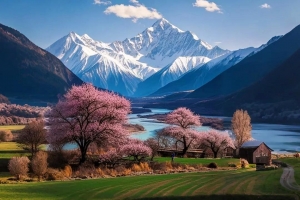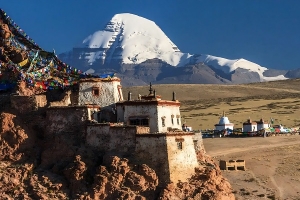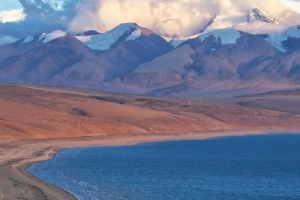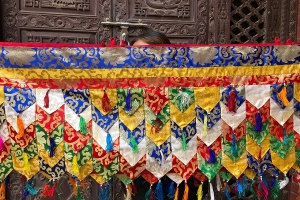There’s a kind of quiet that settles in high places—above the tree line, where snow and sky blend in soft defiance of the world below. Tibet is that sort of place. A land where time slows, the air thins, and ancient belief systems hum beneath every stone stupa and fluttering prayer flag. For travellers seeking a journey that’s less about ticking boxes and more about reconnecting with something elemental, Tibet offers a landscape of introspection and awe. But this is no simple trip—there are permits, protocols, and altitudes to consider. Here’s a guide to help make the journey smooth and meaningful.
Entering the Land of Snows
Tibet isn’t a destination you simply wander into. As part of the People’s Republic of China, it enforces strict travel regulations for international visitors. You can’t go solo—at least not officially.
Before setting off, you’ll need:
-
A valid Chinese tourist visa, typically obtained through the Chinese Visa Application Service Centre.
-
A Tibet Travel Permit, which can only be secured via a licensed Chinese travel agency. This is tied to a pre-arranged tour—independent travel isn’t permitted.
It may sound restrictive, but the process ensures structure and safety. A local guide helps navigate cultural customs, logistics, and unexpected changes. Think of them as part interpreter, part cultural ambassador.
When to Travel
The Tibetan Plateau is high, dry, and seasonally extreme. The most hospitable window stretches from May to October, when the weather is warmer, the skies clearer, and most regions are accessible.
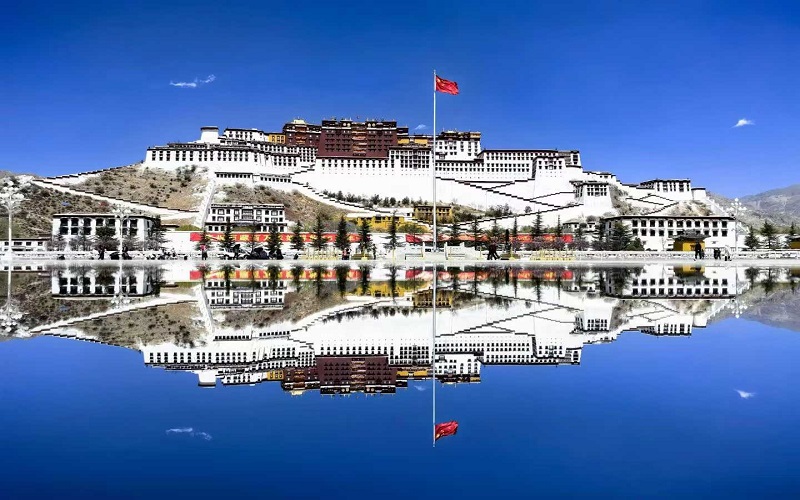
Potala Palace in Summer
-
Spring offers crisp skies and blooming valleys.
-
Summer brings more visitors but opens the way to remote passes.
-
Autumn has that golden, reflective glow perfect for photography and long walks.
-
Winter can be stunning but brutally cold, and many attractions close for the season.
Temperature swings are dramatic—even summer nights can feel close to freezing. Dressing in layers is key.
Getting There
There are no direct flights from North America to Lhasa. Most travellers fly through major Chinese cities—Beijing, Shanghai, Chengdu—and connect from there. Another option is to take the Qinghai–Tibet Railway, a multi-day train ride from Xining.
The train is slow, but for some, that’s the appeal. It offers gradual altitude acclimatization and expansive views of the plateau, with herds of yak and distant snowcaps drifting past the windows.
High Places and Thin Air
Lhasa sits at around 3,600 metres. That’s high enough for altitude sickness to affect nearly everyone, even those used to mountains.
Most symptoms—headaches, fatigue, nausea—are manageable if you take it slow. Some tips:
-
Spend a couple of days in Lhasa before heading higher.
-
Stay hydrated, skip alcohol, and move gently.
-
Consider speaking to a doctor about preventive medication like Diamox.
-
Let your guide know if you feel unwell. Better safe than stubborn.

Altitude Sickness Symptoms
Places Worth the Journey
Lhasa: Where Spirit and Stone Meet
The capital is a living blend of ancient spirituality and everyday life. The Potala Palace dominates the skyline, while the Jokhang Temple pulses with devotion. Join the slow-moving tide of pilgrims along the Barkhor Circuit, prayer wheels spinning and incense curling in the dry air.

Potala Palace
Yamdrok Lake: Blue Beyond Blue
Often described as one of the most beautiful lakes on the plateau, Yamdrok shimmers in brilliant turquoise under wide, wild skies. A peaceful day trip from Lhasa, and an almost surreal contrast to the rocky terrain around it.
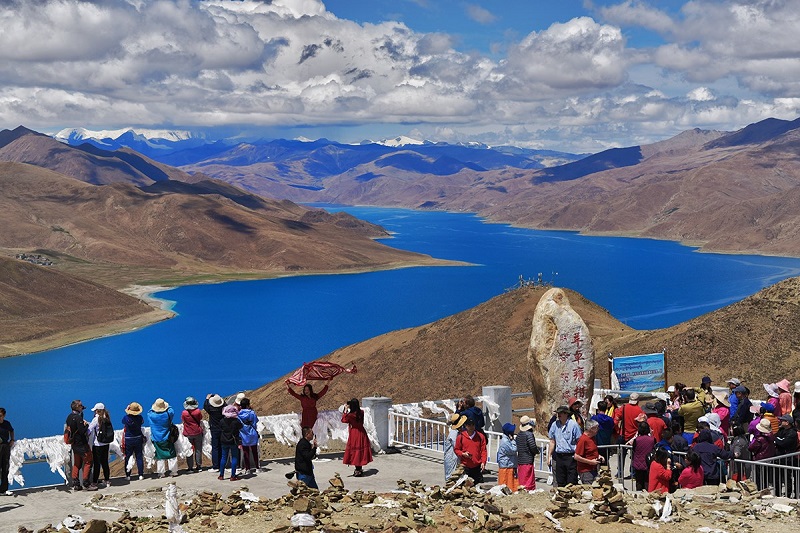
Yamdrok Lake
Shigatse and the Monastery Trail
A city rooted in Tibetan tradition and home to Tashilhunpo Monastery, the traditional seat of the Panchen Lama. It’s also a hub for trips westward, toward Everest or the far reaches of Ngari.
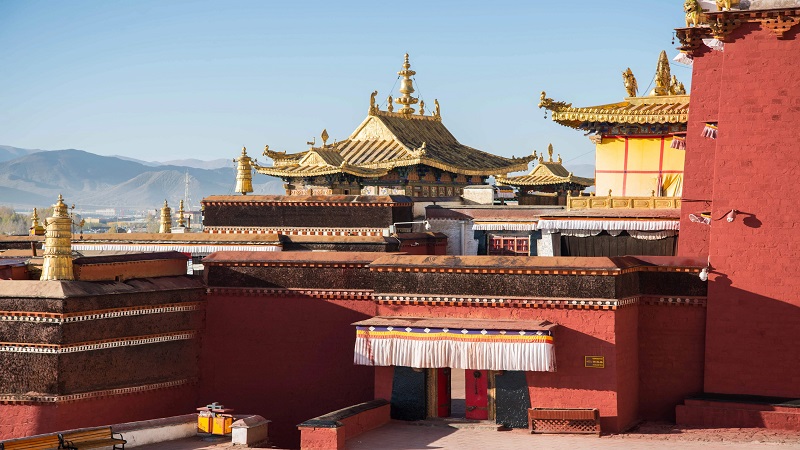
Tashilhunpo Monastery
Everest Base Camp: The Quiet Side
From the Tibetan approach, Mount Everest is no less majestic, but far less crowded. A night at base camp offers a humbling view of the world’s tallest peak—especially at sunrise, when the light hits the summit like fire on stone.
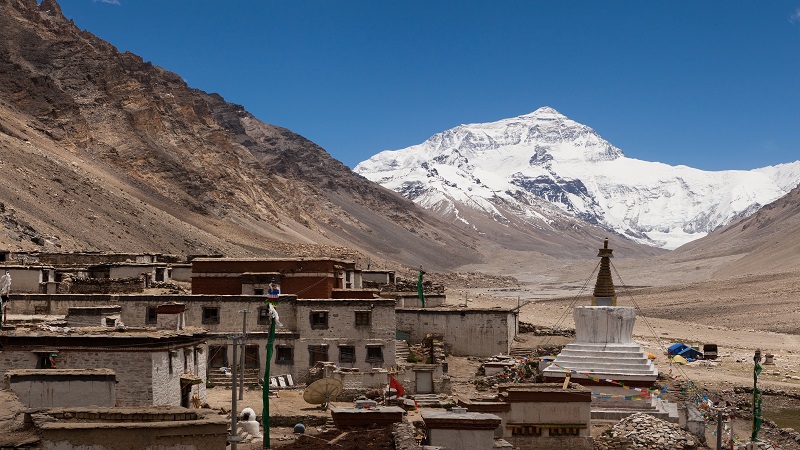
Everest Base Camp
Mount Kailash: The Sacred Pilgrimage
Remote and revered, Mount Kailash draws pilgrims from multiple faiths. Circling the mountain (a ritual known as the kora) is a demanding but profoundly moving trek. It’s not for everyone—but those who go rarely return unchanged.

Mount Kailash
Culture, Courtesy, and Consideration
Tibet isn’t a museum. It’s a living culture with deep-rooted traditions. Visitors should tread lightly—culturally, spiritually, and physically.
Some guidelines:
-
Dress modestly, especially at religious sites.
-
Always ask before photographing people.
-
Don’t touch prayer flags, mani stones, or altars.
-
Avoid political conversations. Even casual comments can put locals at risk.
Listening and observing are often more valuable than speaking. It’s a form of respect that transcends language.
What to Pack
Weather on the plateau is unpredictable. Prepare for sun, wind, dust, and cold—all in the same day.
Recommended essentials:
-
Warm, breathable layers
-
Waterproof jacket and pants
-
Hiking boots
-
Sunglasses and high-SPF sunscreen
-
Lip balm and hand cream
-
Reusable water bottle
-
Personal medication and a basic first-aid kit
-
Cash in Chinese yuan (cards often not accepted)
Travel Costs and Payments
Tibet isn’t a backpacker’s bargain, but it’s not out of reach either. Expect a guided trip to average $250–$350 CAD per day, including permits, accommodation, transport, and meals.
While large cities may accept cards, Tibet is mostly cash-based. ATMs are limited, and mobile payments like Alipay or WeChat Pay often require a Chinese bank account. Plan ahead.
Leaving No Trace
Sustainable travel matters more in fragile ecosystems. Visitors are encouraged to:
-
Support locally-owned businesses
-
Use refillable bottles and bags
-
Be mindful of waste and water use
-
Engage with Tibetan culture respectfully, not voyeuristically
A journey through Tibet isn’t about capturing a thousand photos—it’s about coming away with fewer assumptions and a deeper reverence for things that can’t be explained.

